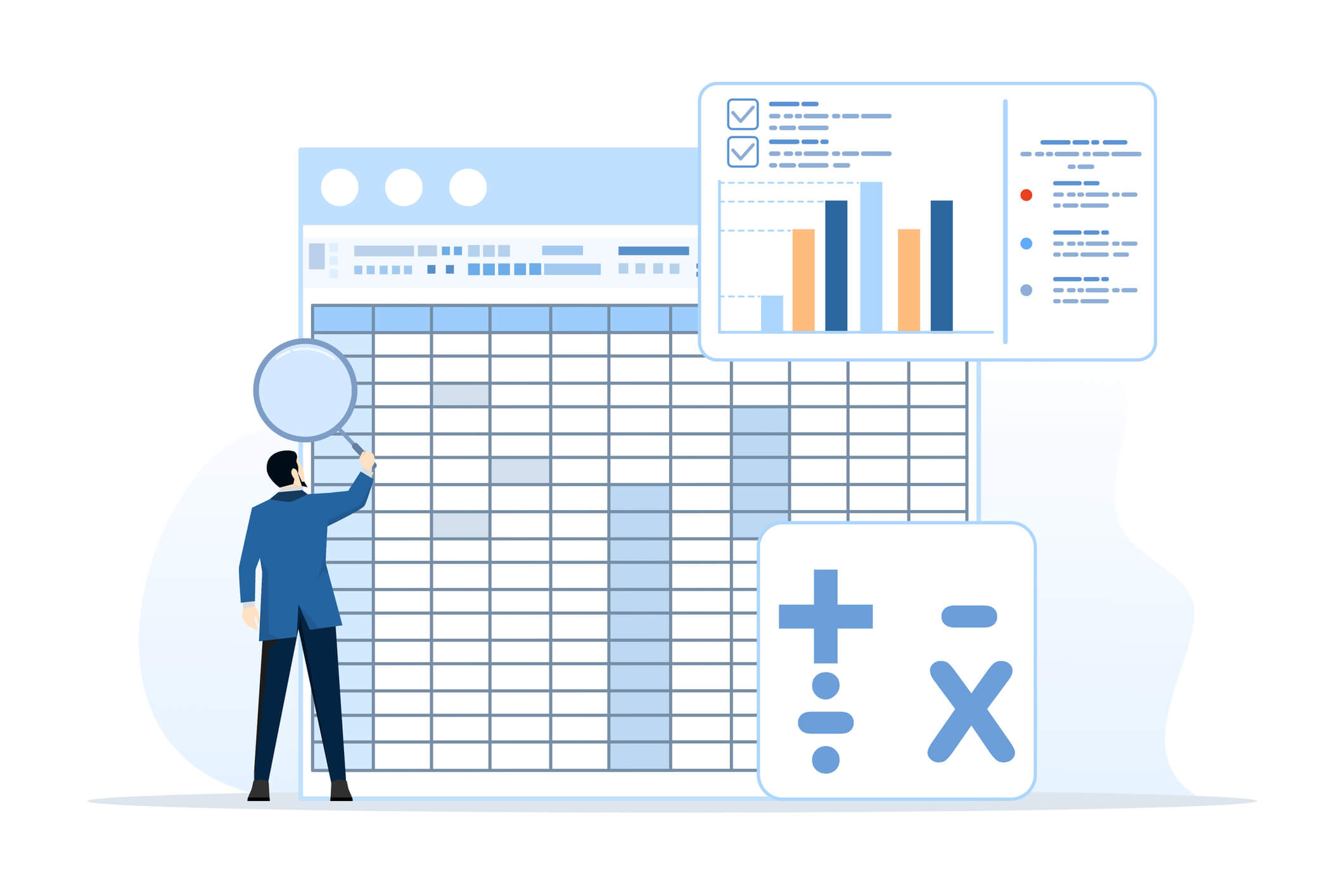Thinking about your payroll strategy?
If you’re an HR or payroll leader and weighing up what’s next, this is worth a read. It covers themes you probably feel in your gut already, but it might help sharpen your thinking or back up what you’ve been saying for a while.
We’ll cover three areas: the current landscape, how to approach change, and the value on the other side. Jump in.
The playing field: A complex environment that’s often left too long
If your payroll system could talk, what would it say? Would it quietly brag about its seamless integrations, compliance confidence, and ease of reporting? Or would it groan its way through another cycle, patched together with spreadsheets, workarounds, and crossed fingers?
For many Australian and New Zealand businesses, it’s still the latter.
And the data backs it up:
- 24% of businesses are wrestling with poor system integration*
- 22% are still using legacy platforms that weren’t built for today’s compliance demands*
- 3.7% of data entry is manually incorrect, on average, every single pay cycle
Add in under-resourced teams and evolving compliance (100+ awards in Australia and the Holidays Act in New Zealand), and it’s no wonder payroll transformations are seen as too complex, too risky, and best left alone.
But the risk of inaction is just as real.

Every manual fix, outdated tool, and disconnected system slowly chips away at accuracy, trust, and time. Payroll errors cost money, of course, but they also cost credibility. Employees lose trust fast when their pay isn’t right.
And fixing errors isn't free. For a company with 100 employees, an average manual error rate could mean nearly 200 mistakes a year, costing thousands in time alone.
So, while it's tempting to leave payroll in the "too hard" basket, the truth is: it’s already costing you.
Yes, payroll is complex and highly specialised. But clinging to outdated systems won’t just slow you down today; they’ll make it harder to keep pace with what’s ahead.
There’s untapped value sitting in your data, if you’re set up to use it.
When payroll data connects with other system data like performance and attrition it gives you a fuller picture of what’s really going on. It’s not just about what people are paid, but why things are shifting.
Smarter data management also makes it easier to integrate payroll queries into your broader service desk strategy, improving both experience and efficiency.
With the right setup and support, payroll becomes a source of insight, alignment, and influence.
The approach: Don’t just change systems - change thinking
Changing your payroll platform is more than a system switch. It’s a chance to reimagine how you want this critical function to run. But to do it well, you need more than good software. You need the right people and the right approach.
Build with the five pillars in mind
Based on the Payroll Profession Confidence Index, the most effective payroll functions are built around five pillars:

- Compliance assurance: More than ticking boxes, it builds trust
- Modern pay experience: So payday doesn’t feel like a burden
- Strategic advisory: Using payroll data to guide business decisions
- Compliant talent access: Confidently onboarding and paying anywhere
- Organisational agility: So change doesn’t break your systems
When these pillars are in place, organisations report up to 3x more strategic impact.
But you can’t build these pillars with software alone.
Human capability is part of the product
Payroll transformation needs people who know where to look, what to ask, and how to navigate the grey areas. Because there are always grey areas.
The best implementations don’t just go live, they go clean. They untangle old logic, surface hidden dependencies, and don’t just replicate messy workarounds with a shinier interface.
And the best teams don’t just configure systems, they guide decisions. They’ve seen what goes wrong, and what works in environments like yours. Their insight is part of what makes a new platform safer, smarter, and ultimately more successful.
Get real about the process
Payroll transformations don’t fail because of bad tech. They fail because of bad planning, rushed decisions, or skipped steps.
The best results come from:
- Taking a phased approach, starting with honest assessment
- Designing with both your business logic and future needs in mind
- Testing thoroughly, including parallel runs and user acceptance
- Managing change across every layer - people, systems, and data
- Supporting your team post-go live, not just during setup
And let’s not forget data migration. Migrating messy data just gives you digital mess. Clean it. Test it. Then test again.
The value: What you get when you get it right

It’s easy to focus on the cost or complexity of change. But what about the cost of staying still?
Modern payroll systems can do more than process payslips. When well implemented, they:
- Reduce errors by up to 80%
- Eliminate duplication and ghost data
- Improve compliance confidence
- Give you faster, cleaner access to payroll data for reporting, planning, and broader workforce analytics
- Free up payroll teams to focus on insight, not input
- Boost employee trust through accurate, transparent, self-service features
And when systems are integrated, cloud-based, and updated in real-time? You get decisions made faster. Less time in spreadsheets and a payroll team that’s not just reactive, but more strategic.
ROI is both real and human
The measurable returns include:
- Fewer corrections and rework hours
- Lower compliance penalties
- Reduced turnover due to trust and pay accuracy
- Shorter processing times
But there’s another layer of value that’s harder to quantify: confidence. Confidence in your data, in your compliance and your ability to grow into the future.
And that makes payroll not just a function to maintain but one that helps drive better business decisions.
Our Jemini Payroll platform is trusted by progressive organisations across Australia and New Zealand, but just as valuable is our team. We know this space inside out and we’re always happy to share what we’ve learned to help shape your thinking.
* 2025 Payroll Industry Report, Australian Payroll Association
Read next
Share this page
Ready to transform your HR & Payroll process?



